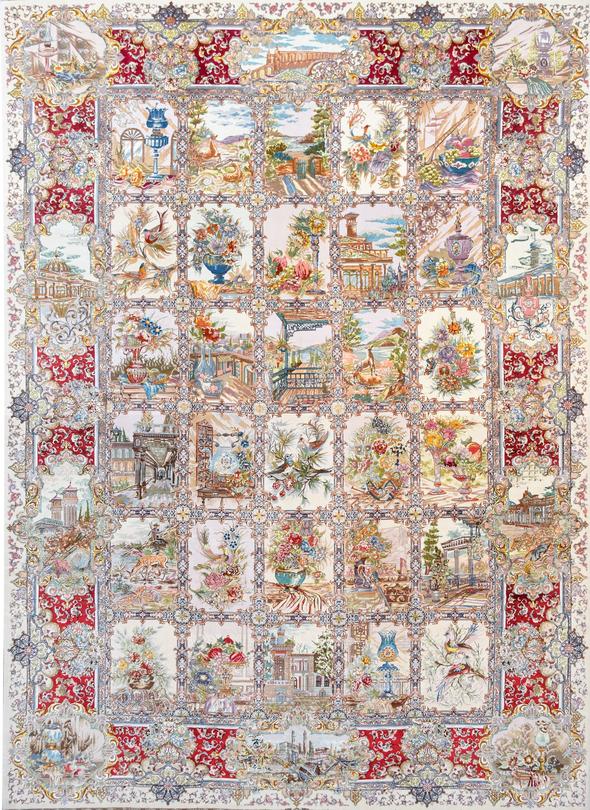Everything you need to know about Tabriz Rugs

Probably first produced in the Middles Ages, abriz rugs exemplify Persia's city-weave tradition and their designs still are the genesis for patterns reproduced today.
Situated in northwest Iran on an ancient trade route to the Black Sea and Caucasus, the city of Tabriz was Persia's first capital under the Sefavid dynasty (1502-1736) when court weaving flourished along with calligraphy, miniature painting, and tilework. Together with Kashan, Kirman, and Isfahan, Tabriz became one of Persia's most reputed weaving centers. The rug export boomed to the West originated in Tabriz in the 1850's where foreign-owned establishments were built.
Among the first special-order carpets tailored to European and U.S. demand, nineteenth-century Tabrizes were often comissioned in the large sizes in an impressive variety of colours and designs unlike their other city-woven counterparts including kirman and kashan which are characterized by a more specific style associated with their respective provenances.
Crafted in Tabriz and outlying villages with a finely woven short pile, Tabriz wool carpets feature various Persian designs including floral and animal elements often arranged around one or more medallions and executed in rich, subtle hues. Some examples display poetic quotes or other Farsi (Persian) inscriptions executed in calligraphy placed in cartouches and borders.
Many garden pieces depict concepts of paradise - luxuriant flora, birds and animals. Late-nineteenth-to early-twentieth century rugs woven by the noted local weaver Haji Jalil are known as Haji Jalil Tabrizes and are sought after for their earth tones and subtle designs. Antique silk Tabrizes often feature pictorial or panel designs of small squares with floral motifs.
Tapis Rugs is known for our Persian rugs, below is just of few of our favourite Tabrizes.
Persian Tabriz Golestan one-of-a-kind









